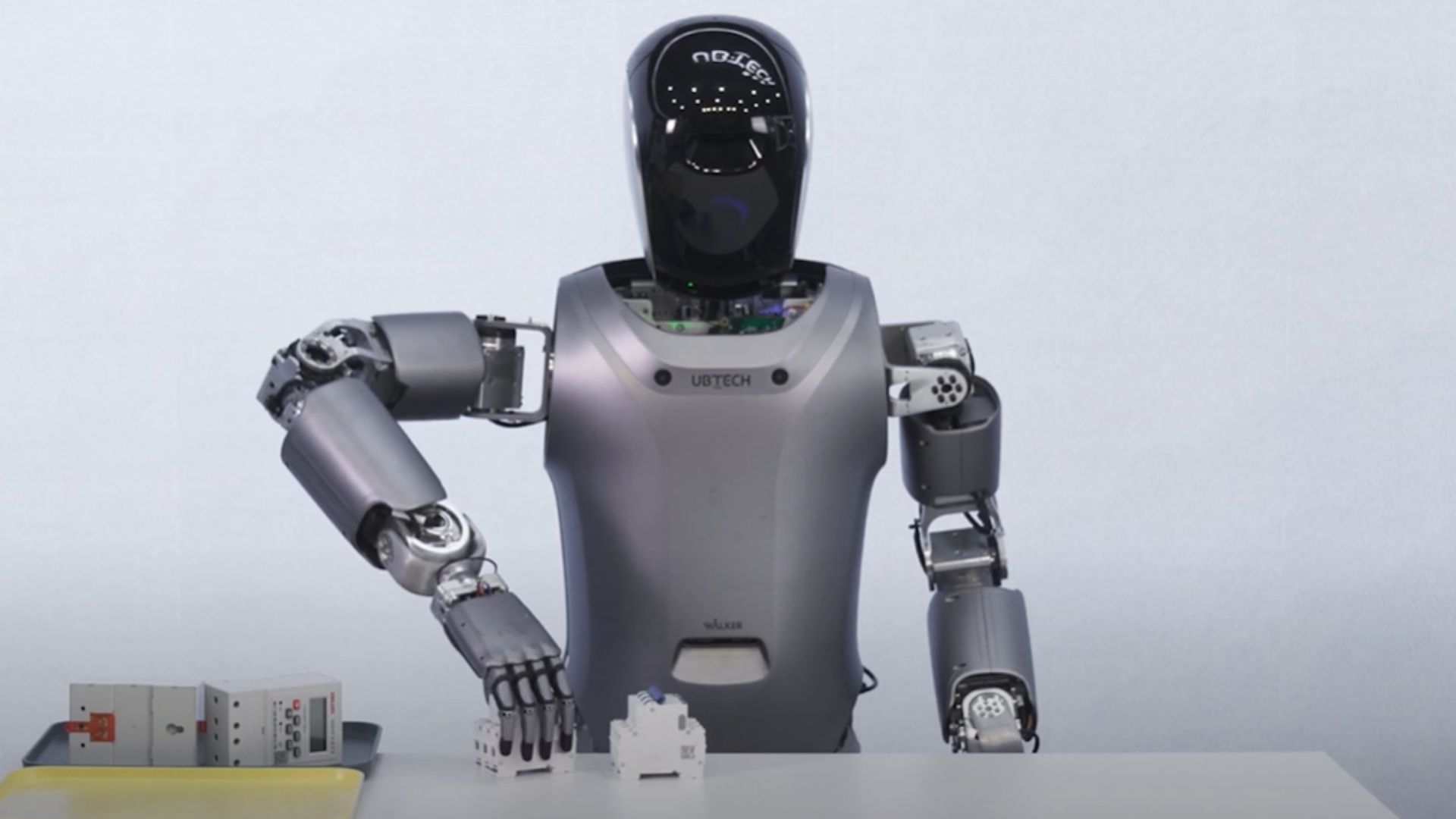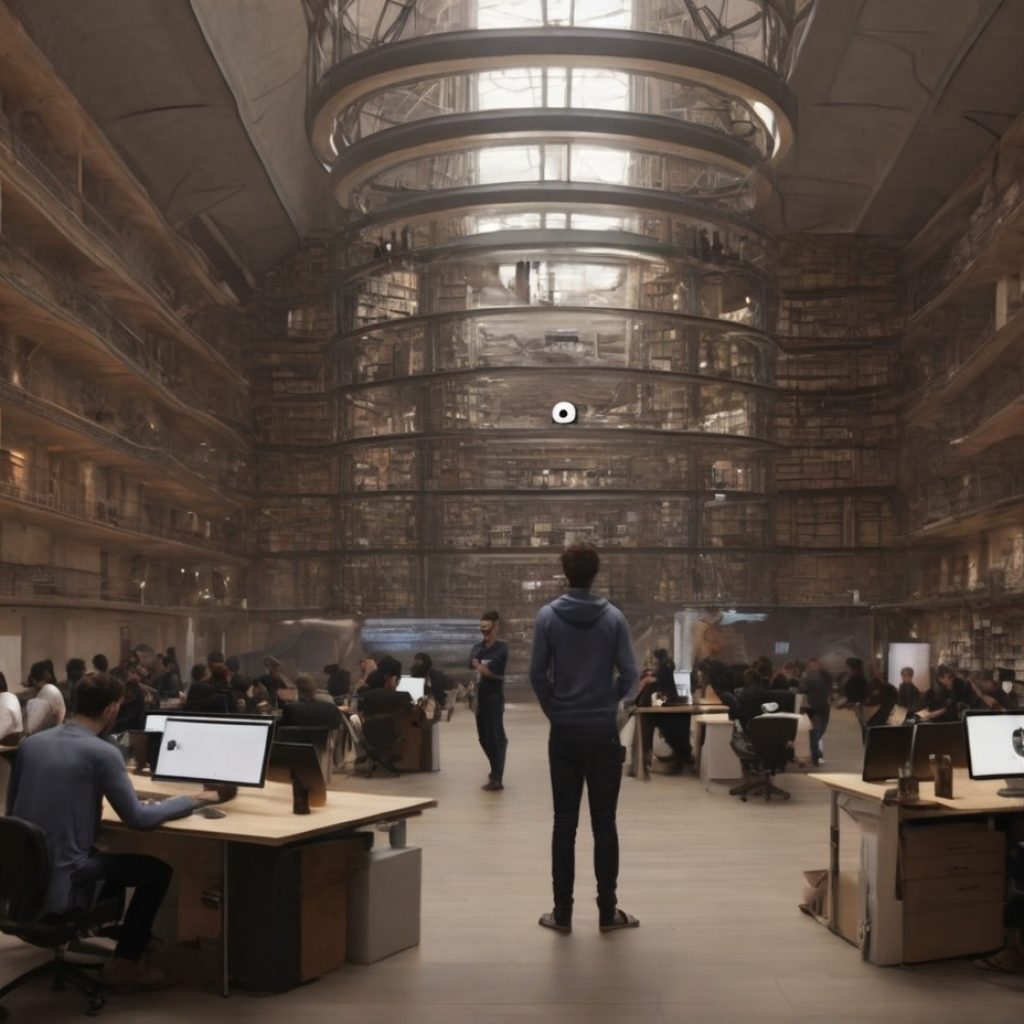It may stand for a symphony orchestra, which needs a sophisticated sense, attentiveness, precision, and command of all the instruments a music composer can imagine. H20 is the extraordinary technology they own, demonstrated in mannequin fashion, humanization, and the robot industry, that may provide a big and new thing for us all between other prospective futures.
Seamless integration of human cognitive skills with versatile humanoid capabilities
On the website of arXiv, having a free publishing model, lately, a paper was uploaded that introduces a live teleoperation system of the size of a humanoid robot; this process is specified as H2O, where a visual recognition method using an RGB camera is implemented without any overhead. Humanoid robots can be in the next few years, precisely in 2024, but after much research by experts like Guanya Shi and his, and assuming that the year 2024 will be the introduction time of robots, then they will be as human-like as we are with probable differences in their cognitive functions and also the fact that they will be as same as we human beings are when it
Unlike the conventional ways surrounded by complex machines, H2O is stamped most particularly for its top level of a simple and compact way to work. This approach to developing an RL algorithm and facilitating data exchange from the simulator to reality will also be used as the indispensable weapon of real-time teleoperating giant humanoid robots by only primary sensors like encoders, cameras, etc. A main advantage of this method is that it is scalable and effective, and we consider that it would be the prototype for the same tools needed to address the
Real-world applications and prospects
Nowadays, the biggest issue of food is availability, and the topic is occupying the robotic space more intensively than the latter. This means that the consumption of energy by robotics for the production of food is not hard to achieve. This sought fact of moving robots like a human being observing in the real-time RGB camera viewpoint is a type of revolution because of the different applications they can be used in, from household chores through maintenance work and ending up medical assistance with lives concerning safety in a hazardous environment.
Will the team work toward and come up with many adjustments as they continue framing the system to be applicable in many processes and unpredictable and complex conditions? Next, we will elaborate on the last subjects: precision, closing the simulator reality and simulator gap, autonomy upgrade, and human-robot teamwork.
And with H20, you can realize that the stage is now where robots are made to advance, or they are even crafter to overtake humans soon, or that they are now working again with the humans coming together, and this is bringing the concept of humanities. Inhumanity, conversely, is the result of hypothetical human emergence with strong robotics and industrialization. Besides that, CMU is considering and creating new automated solutions, such as teleoperation and blind following propositions.
The technical lexicon will sum up the process being performed later. Human contributions will be made through custom software and gait movement data, and the bot suggests the path to inexpensive but precise and sophisticated robotics using the H2O method. Scientists will never stop improving their responsibilities because scientists never stop developing new methods used in research; thus, this technology needs to be applied in different fields such as manufacturing and agriculture, and people are to collaborate with robots, which is a great relationship!
Original story from: https://techxplore.com/news/2024-04-scalable-learningbased-framework-teleoperation-humanoid.html





